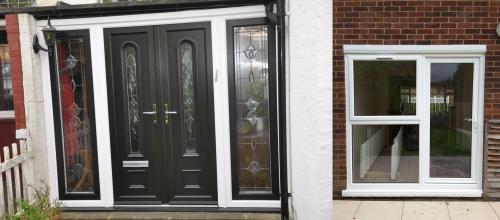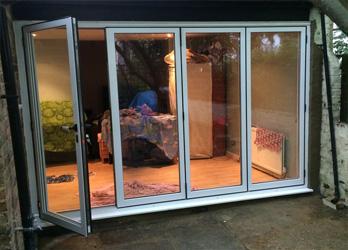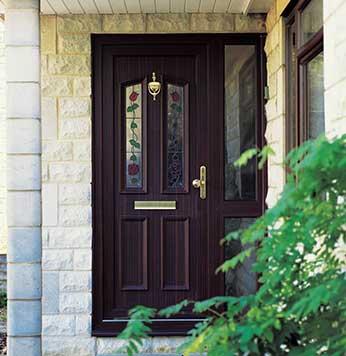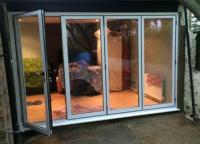Top things to know before Installing Rooflights
Do you have any spots in your home that may benefit from some additional light? A skylight is an excellent way to bring natural light into a gloomy room. Read on to discover more about the installation procedure and how to find the best location for a skylight before making the decision to instal one.
Who wouldn't want their home to have more natural light? Rooflights installation not only gives light to your home but also provide a touch of luxury. Installing a skylight in your home, on the other hand, entails researching several types of skylights and contacting the appropriate building supply supplier. Before you instal a skylight, here are few things you should know.
Don’t Compromise on Quality - Other key features to consider include energy efficiency, water tightness, sound reduction, and load and wind resistance. Shade, UV coatings, and ventilation are all things to consider. In an effort to protect the environment, several manufacturers also offer high-quality products built from sustainable materials. Installing a skylight is a big job, and you want to make sure you'll be happy with your choice in the long run.
Choose proper location - The location of skylights is primarily controlled by the position of your home's rafters. Before you begin cutting out pieces of your roof, make sure you have a space plan or diagram accessible.
Choose Vented Skylights - Installing a skylight that can vent is another option to keep your home cool while still enjoying the natural light that skylights provide. This brings fresh air into the room while also allowing the heat to escape. Choose skylights with a motorization feature over those that open manually for simplicity of usage.
Choose Double Glazing - Heat gain in your home might make it feel like you're in a sauna. Summers in the United Kingdom are hot, and you don't want a skylight to add to the heat. Install a skylight made of double-insulated glass that has been tempered with low-E coatings to eliminate heat gain. Bronze-tinted skylights are also recommended by roofers, especially if the skylight is situated on the west or south side of the house. Installing the skylight at a lower slope will help to reduce heat gain even further.
Avoid Sunlight Glare - To avoid glare from the sun, skylights should be installed with care. Glare does more than just make space appear brighter. It can also make the room uncomfortable to be in by making it uncomfortably hot. Sun glare also fades clothes and washes them out. A skylight can be shaded or filtered to reduce glare from the sun.
Choose automated Rooflights - Consider installing automated skylights with rain and heat sensors if your budget permits it. Temperature and moisture are detected by the sensor, which opens the skylight when it becomes too hot and closes it when it detects rain. The majority of automatic skylights come with programmable remote controls. Regardless of the style of skylight you instal, ensure sure your roof is in excellent enough shape to support it. If there are any visible issues with your roofing structure or materials, you should address them before installing skylights.










Comments